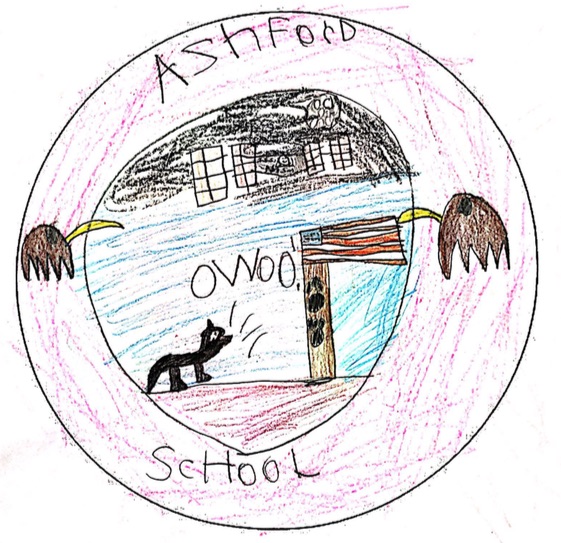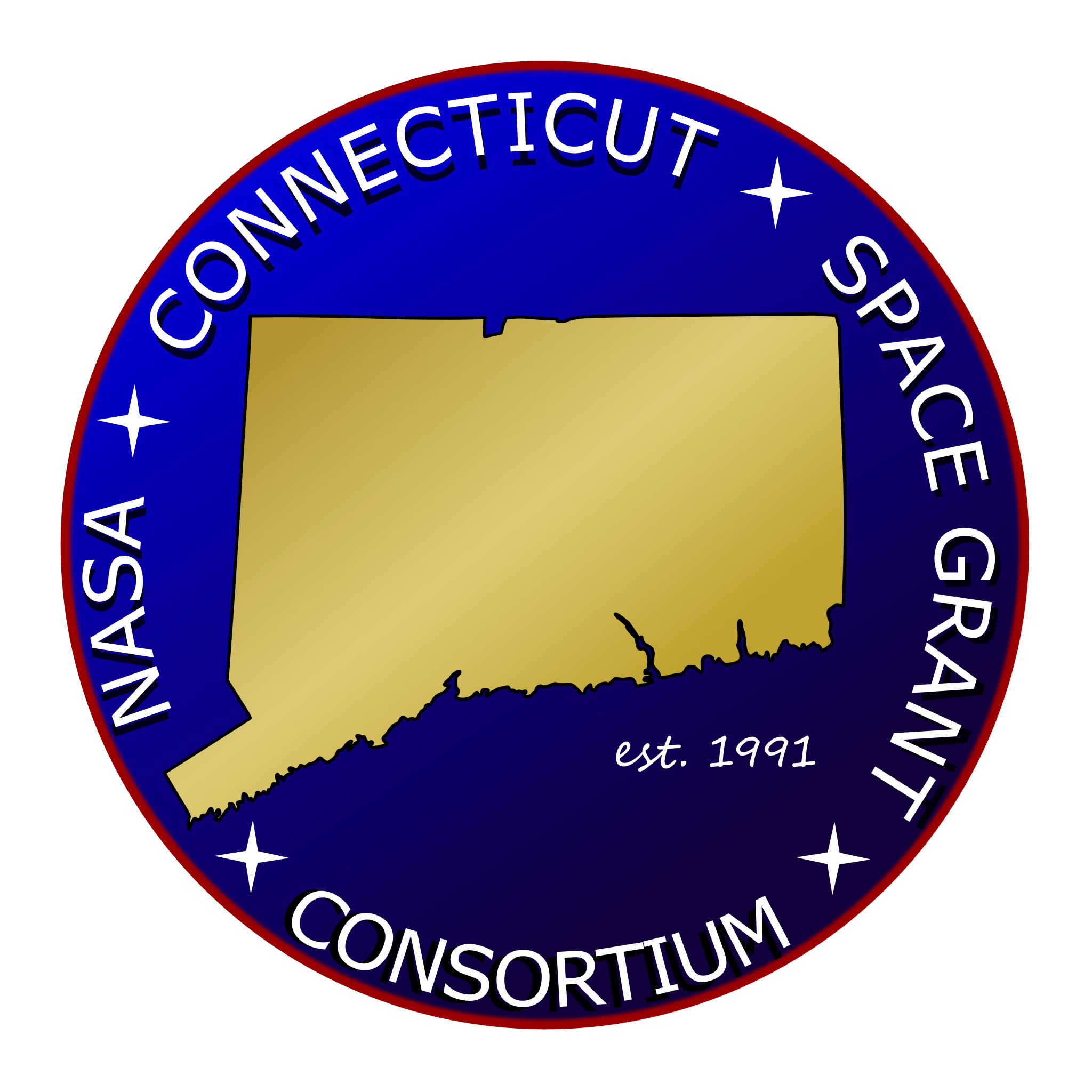The Student Spaceflight Experiments Program (SSEP) enables students across the nation to create research proposals for design experiments, and have those experiments fly on the ISS! As part of a district collaboration, students at Ashford School, in Ashford CT, and Hall Memorial School, in Willington CT, worked in groups to develop their experiments. Ashford and Willington were one of only 41 scientific experiments designed by children from the U.S., Canada and Brazil that were conducted by astronauts during the experiment’s four to six-week stay on the ISS as part of the national SSEP Mission 13.
While the fifth through eighth grade students worked on developing the scientific experiment, participating K-12 students had the chance to design mission patches for SSEP Mission 13. Two of the patches that were designed for the mission are shown below.


Their experiment, How Microgravity Effects Beetroot Seed Germination, sought information on the effects of weightlessness on the use of fertilizer for beetroot seeds. The team saw distinct differences between the seeds returning from space and the seeds grown on Earth such as larger sprouts. This experiment showed that the beetroot provides a nutrient-dense plant that has quicker growth in space. Therefore, plants grown on the International Space Station could possibly grow larger than similar plants on Earth.
The chosen experiment was designed and implemented by Alison Bean, Anna Dietz, Adam Dunham, Skylar Garrison, Thaddeus Kelly, and Parker Perosky, all of whom were fifth to eighth grade students from Ashford, CT. The students were supported by their science and technology teachers, Mrs. Moore, Mrs. Basch, Mrs. Craven, Ms. Imhoff, Mrs. Burnham, and Mrs. Knotts.
